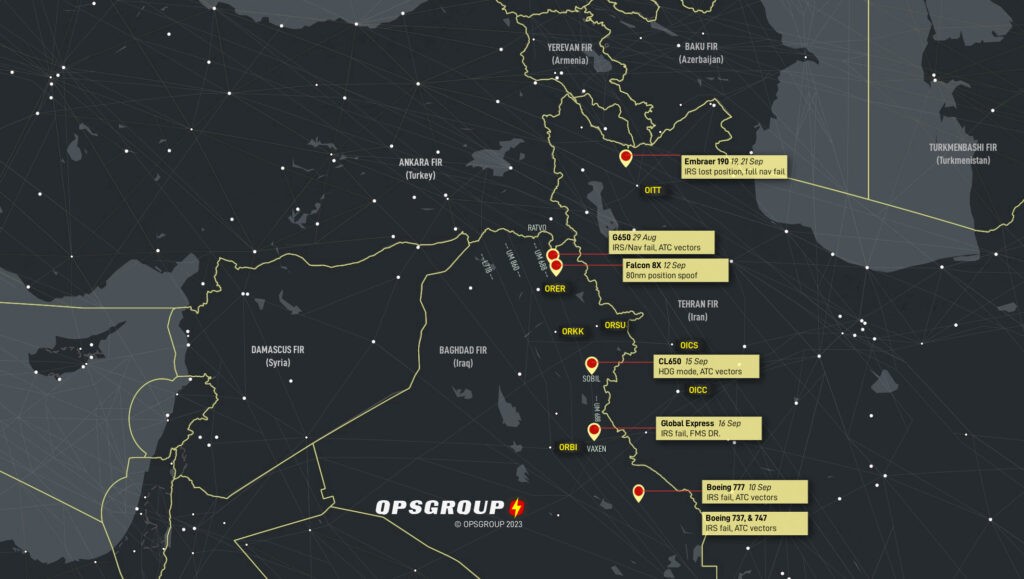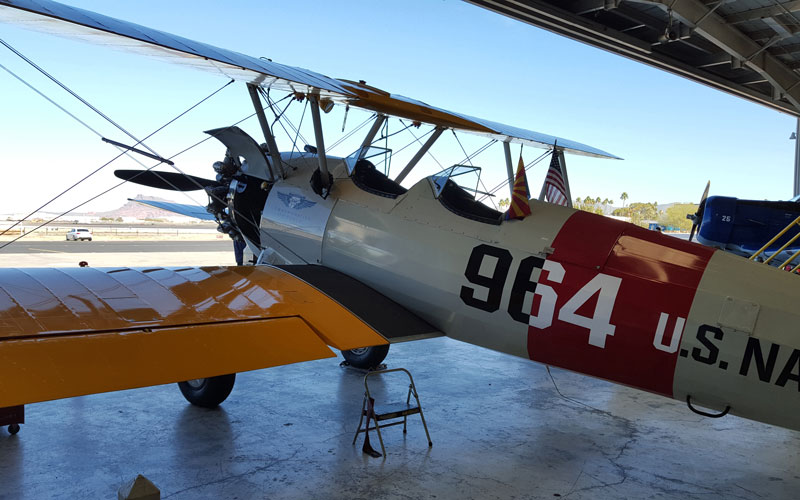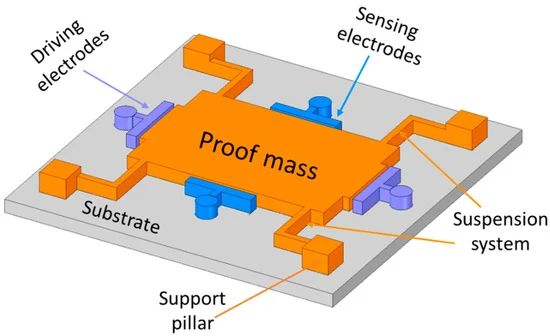- Joined
- Feb 22, 2021
- Messages
- 928
If the signal is jammed, it would be obvious and we would not use GPS ( we can deselect it ) for any approaches requiring its use. We would fly an ILS or old school VOR/DME approach ( or do a visual approach ). We would receive an alert …” GPS Primary lost”.Hi.
Thank you for helping me out.
'GPS signal spoofed: old school comparing raw data position ( land based radio signals….VOR/DME ) versus computed position ( GPS )'.
Is this something you would be looking at as a matter of course or only if jamming or spoofing was suspected?
If the signal was spoofed, we might would receive an alert in the cockpit warning us that there is a significant difference in estimated position ( IRS versus GPS ) and an alert would be triggered ….” FM/GPS POS DISAGREE”. We would verify ( raw data ) and deselect the two GPS receivers and navigate using IRS.
Since Airbus has limited info in the manual, I hunted around for more information and this is what Honeywell says ( manufacturer of our FMS ) about spoofing.
I learned stuff myself today due to conflicting , and limited , information by Airbus ( spoofing, not jamming ).
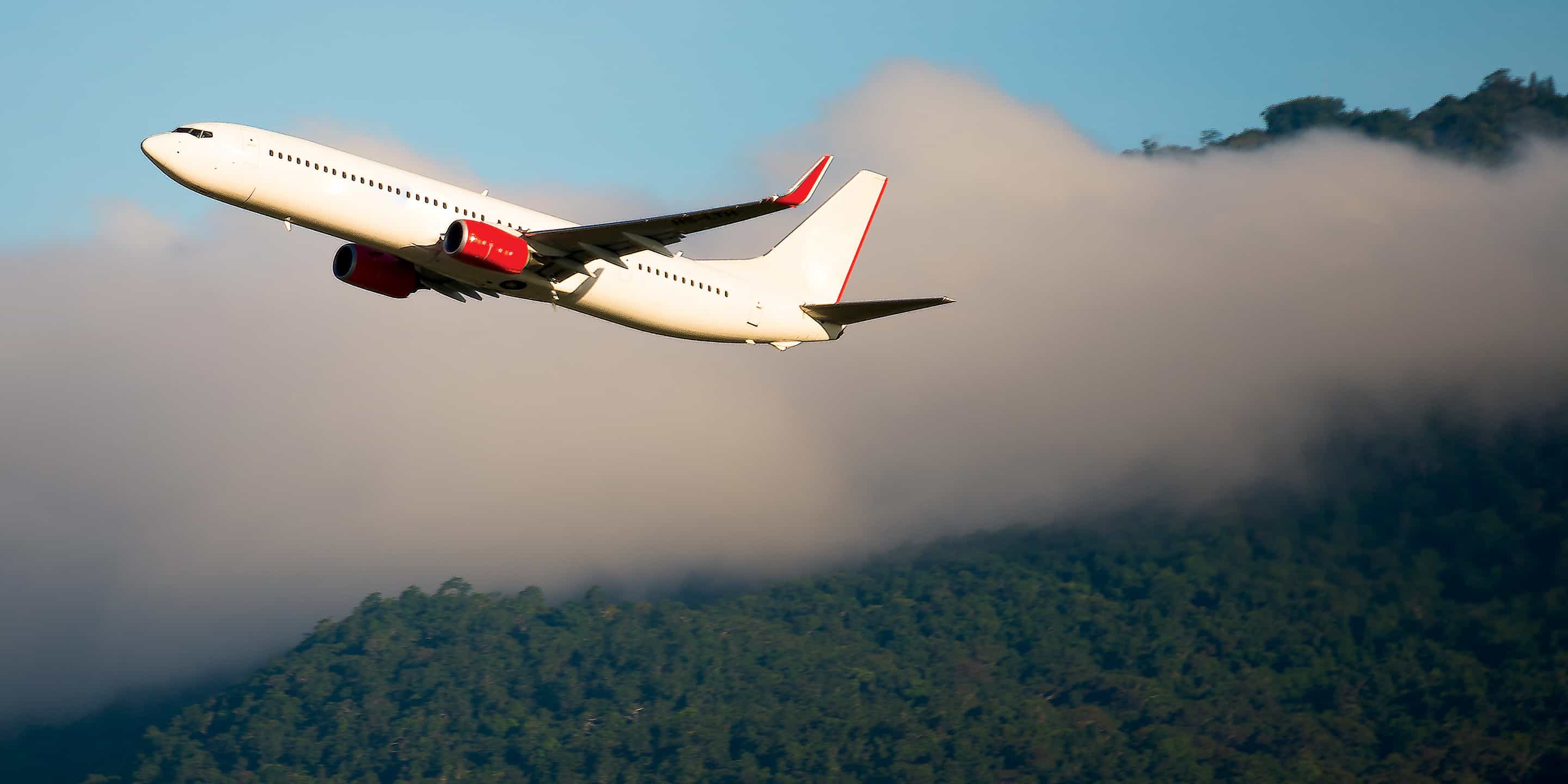
Inertial Reference Systems and GPS Spoofing: Honeywell Sets the Record Straight
Honeywell wants to set the record straight and assure operators and pilots that inertial data is unaffected by loss of GPS signals or GPS spoofing during flight.
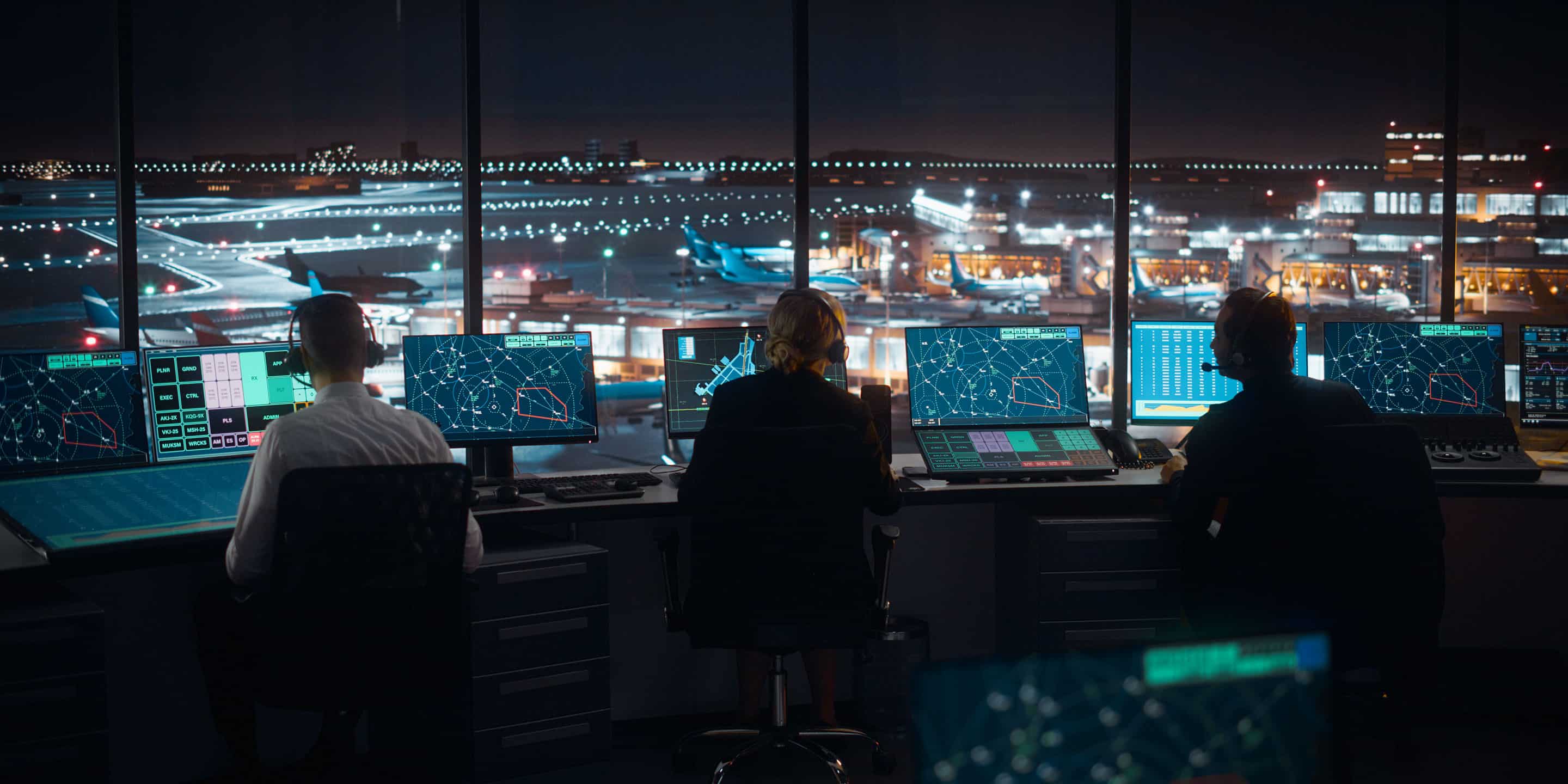
Spoofing and Jamming
GPS spoofing has been reported in the aviation press lately. Honeywell has been working with OEMs to develop procedures to avoid that.
Last edited:

